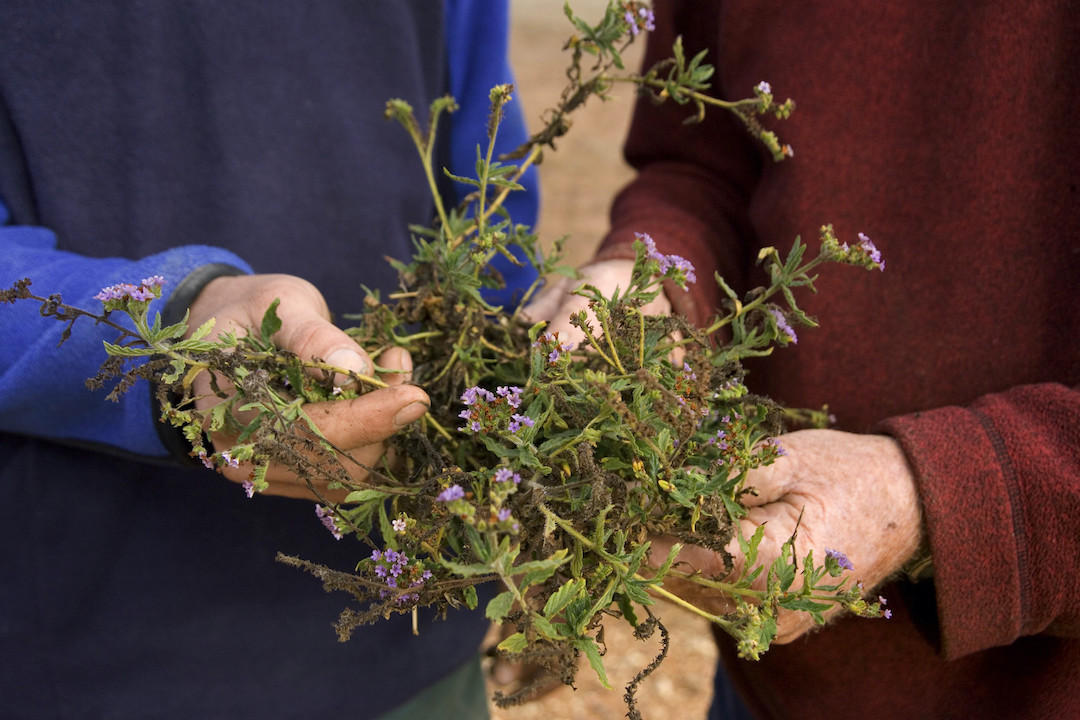The National Farmers Federation 2030 Roadmap outlines the government�s plan and vision to �exceed $100…
The epidemic of weeds and pests continues

Australia’s battle against the relentless invasion of weeds and pests, particularly in New South Wales, is reaching a critical juncture.
The NSW Invasive Species Plan 2023-2028 is at the forefront of strategic efforts to combat weeds and pests, which cost the Australian economy approximately $5 billion annually.
The plan aims to identify key strategies for preventing new incursions, eliminating or containing existing populations, and effectively managing already widespread invasive species across various environments. Its scope includes weeds as well as vertebrate and invertebrate pests in terrestrial, freshwater and marine environments.
There are four main goals in the plan: exclude, eradicate or contain, effectively manage, and finally � build capacity and capability. These four goals provide the framework for the identification of key strategies, resource allocation and investment management in the bid to halt the weed and pest epidemic.

The importance of biosecurity
Excluding involves preventing the establishment of a new invasive species. Eradicating or containing involves the elimination or prevention of the spread of a new emerging invasive species. Effectively managing entails reducing the impacts of widespread invasive species. Finally, build capacity and capability alludes to the idea of ensuring NSW has the ability and commitment to manage invasive species.
Angus Atkinson � a NSW Farmers member � says that the irony of pest control efforts is evident in recent actions that haven�t led to expected results. �This situation highlights a paradox: despite significant actions, pest numbers haven’t declined, suggesting a need for more sustained and intensive efforts, even when the problem doesn’t seem immediate,� he says.
He also suggests that the surge in weed growth offers a stark lesson in biosecurity. �With less pressure on weeds, species such as blackberries have gone haywire,� he says.
Early signs were ignored, and now, farmers such as him are spending months in labour-intensive weed management. This scenario underscores the importance of early action in biosecurity and the consequences of neglect. Additionally, he also stated that �there�s a growing frustration among the farming community regarding the allocation of resources in pest and weed control�.

Angus suggests that while substantial funds are being spent, there�s a sense that the focus is misplaced. Attention is often given to more attention-grabbing issues at the expense of critical areas � such as research and effective trials � particularly for pervasive weeds like blackberries.
�We still do not have an effective trial for blackberries, and as such the weeds are out of control,� he says.
This oversight is proving costly, both financially and in terms of labour, and highlights the need for a more focused approach. �This is incredibly frustrating as our money is going to waste,� Angus says.
This brings us to an often-overlooked aspect of pest and weed control: fundamental elements such as early intervention strategies, and identification of invasive weeds through ecology research.
Angus suggests that these crucial components are frequently overshadowed by the pursuit of new and innovative solutions, despite being essential to long-term success.
�The focus should be on research, and not chasing the bigger and more attractive headline,� he says.

Weed highways
Global warming and climate change have exacerbated the effects of the weed epidemic. Extreme weather resulting from climate change creates more opportunities for weeds to thrive.
Additionally, human-oriented responses to climate change further enhance these opportunities. The constant rain and uncertain weather presently sweeping NSW is an obvious example of this.
According to an article published by The Guardian, the Chief Executive of the Centre for Invasive Species Solutions, Andreas Glanznig, claimed that the floods and extreme weather could create �weed highways�.
Furthermore, Glanznig stated that regions which experience wet weather over summer will need to remain on high alert for up to two years to see what weeds could germinate.
As we continue to combat the weed crisis, the NSW Invasive Species Plan 2023-2028 has become pivotal to the issue. A balanced approach, incorporating both immediate action and long-term strategic planning is essential to safeguard our agriculture and ecosystems.

Resources for reporting pests, weeds, or diseases
For animal-related issues, the Emergency Animal Disease Watch hotline (1800-675-888) or contacting a vet is recommended.
For plant-related issues, the Exotic Pest Hotline (1800-084-881) should be called. Issues can also be reported to the Department of Primary Industries.
For more on controlling weeds and pests, read about the appointment of a Biosecurity Commissioner for 2024.









Blackberry and lantana will destroy National Parks and Reserves, and native forests without biological control.